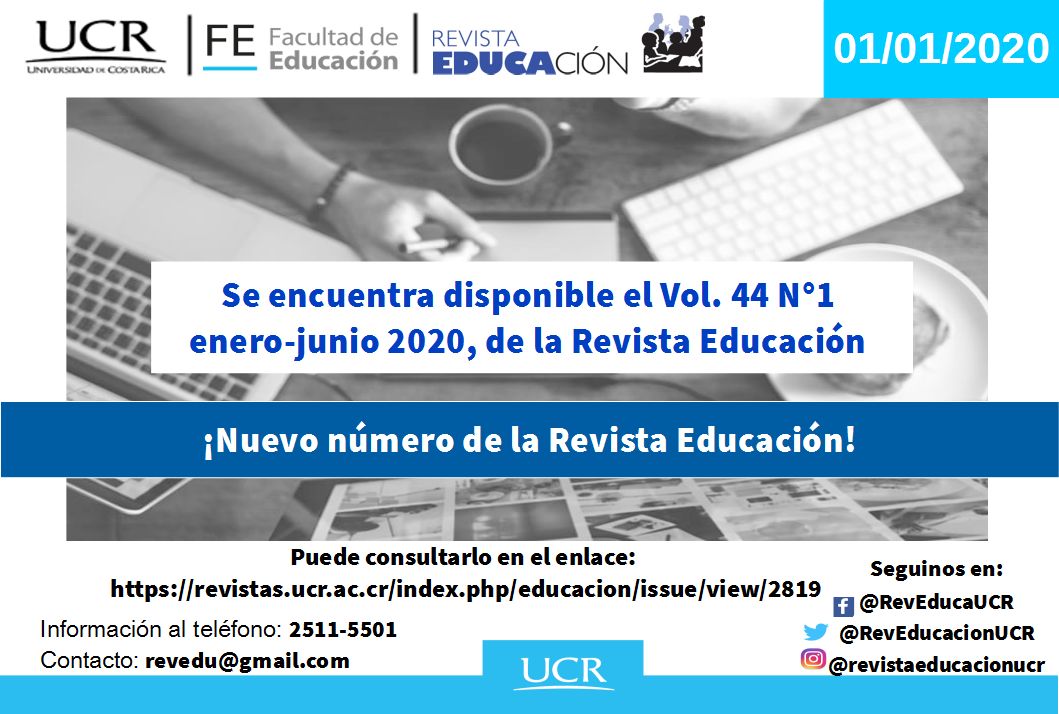Abstract
This study addresses how peer tutoring is understood from the perspective of tutors for the Psychology and Commercial Engineering programs at the Alberto Hurtado University in Chile. A qualitative grounded theory methodology was used with an intended sample of 12 students from both majors who had been undergraduate tutors for at least one year and had received positive reviews by their peers. Data was gathered based on semi-structured interviews, development of open and axial coding and seeking relationship patters to better understand the meaning of peer tutoring and the necessary conditions for learning and strategies used to develop this process. A relational analysis highlights tutoring as an opportunity for reciprocal learning influenced by factors that facilitate or inhibit the possibility of collective learning, as well as action strategies to foster this type of learning. To conclude, peer tutoring is considered to be another method of learning that favors teaching and teaches learning.
References
Alrajhi, M. y Aldhafri, S. (2015). Peer Tutoring Effects on Omani Students’ English Self-Concept. International Education Studies, 8(6), 184-193. doi https://dx.doi.org/10.5539/ies.v8n6p184
Biggs, J. (2005). Calidad del aprendizaje universitario. España: Narcea Ediciones.
Cabrera, P. (2017a). Manual para ayudantías. Construyendo aprendizaje activo entre pares en educación superior. Santiago de Chile: Universidad Alberto Hurtado. Recuperado de https://bit.ly/2LjqLxd
Cabrera, P. (2017b). ¿Cómo diseñar ayudantías que favorezcan el aprendizaje active de los estudiantes tutoreados? La percepción del ayudante universitario. Estudios Pedagógicos, 43 (3), 47-62.
Creswell, J. (2014). Research Design. Qualitative, Quantitative and Mixed Methods Approaches. Thousand Oaks, CA: Sage
Denzin, N. (1989). Strategies of multiple triangulation. The research act: A theoretical introduction to sociological methods. New York: McGraw Hill.
Deshler, J.M. (2015). Reflections on Our First Calculus Undergraduate Teaching Assistant. Adults Learning Mathematics. An International Journal, 11(1), 59-63.
Doyle, T. (2008). Helping students learn in a learner-centered environment. A Guide to Facilitating Learning in Higher Education. United States of America: Stylus Publishing.
Engeström, Y. (2001). El aprendizaje expansivo en el trabajo: hacia una reconceptualización teórica de la actividad. Journal of Education and Work, 14(1), 1-16.
Filz, T. y Gurung, R. (2013). Student Perceptions of Undergraduate Teaching Assistants. Teaching of Psychology, 40(1), 48-51.
Flick, U. (2004). Introducción a la Investigación Cualitativa. Madrid: Ediciones Morata
Gallardo, G. y Reyes, P. (2010). Relación profesor-alumno en la universidad. Arista fundamental para el aprendizaje. Calidad de la educación, 32, 77-108
Gerton, J. (2016). Mobilizing the Forgotten Army: Improving Undergraduate Math and Science Education through Professional Development of Graduate Teaching Assistants. Bulletin of the American Physical Society. Recuperado de http://meetings.aps.org/link/BAPS.2016.MAR.V14.2
Gordon, J., Henry, P. y Michaux, D. (2013). Undergraduate Teaching Assistants: A Learner-Centered Model for Student Engagement in the First-Year Experience. International Journal of Teaching and Learning in Higher Education, 25(1), 103-109.
Hogan, T., Norcross, J., Cannon, T. y Karpiak, C. (2007). Working with and Training Undergraduates as Teaching Assistants. Teaching of Psychology, 34(3), 187-190.
Kajfez, R.L., Matusovich, H.M. y Lee, W.C. (2016). Designing Developmental Experiences for Graduate Teaching Assistants Using a Holistic Model for Motivation and Identity. The International Journal of Engineering Education, 32(3), 1208-1221.
Lindsay, K., Carlsen, B., Boaz, C. y Marshall, D. (2017). Predictors of student success in supplemental instruction courses at a medium sized woman’s university. International Journal of Research in Education and Science (IJRES), 3(1), 208-217.
Malm, J., Bryngfors, L. y Mörner, L.L. (2015). The potential of Supplemental Instruction in engineering education – helping new students to adjust to and succeed in University studies. European Journal of Engineering Education, 40(4), 347-365.
McKeegan, P. (1998). Using Undergraduate Teaching Assistants in a Research Methodology Course. Teaching of Psychology, 25(1), 11-14.
Melton, B. (2016). Strategies for College and University Instructional Physical Activity Program (IPAP) Directors. International Journal of Higher Education, 5(1), 292-299.
Odon, S., Ho., S. y Moore, L. (2015). An examination of the Outcomes of the Undergraduate Leadership Teaching Assistant (ULTA) Experience as a High-Impact Practice in Leadership Education. Journal of Leadership Education, 14(12), 100-117.
Organización para la Cooperación y el Desarrollo Económico (OCDE, 2009). Revisión de políticas nacionales de educación. La educación superior en Chile. Santiago, Chile: Ministerio de Educación de Chile. Recuperado de http://www7.uc.cl/webpuc/piloto/pdf/informe_OECD.pdf
Philipp, S., Tretter, T. y Rich, C. (2016a). Development of Undergraduate Teaching Assistants as Effective Instructors in STEM Courses. Journal of College Science Teaching, 45(3), 74-82.
Philipp, S., Tretter, T. y Rich, C. (2016b). Undergraduate Teaching assistant impact on student academic achievement. Electronic Journal of Science Education, 20(2), 1-13.
Sana, F., Pachai, M. y Kim, J. (2011). Training Undergraduate Teaching Assistants in a Peer Mentor Course. Transformative Dialogues.Teaching & Learning Journal, 4(3) 1-10.
Sánchez, V., SanMartín, A. N., Mardones, C. y Fauré, J. (2017). La figura del ayudante universitario: Concepto, rol y características. Revista de Sociología, 32(1), 71-86. Recuperado de https://bit.ly/2k4lvUo
Sari, I., Çeliköz, N. y Ünal, S. (2017). The Effect of Peers Support on University Level Student’s English Language Achievements. Journal of Education and Practice, 8(1), 76-81. Recuperado dehttps://bit.ly/2lEbmye
Strauss, A. y Corbin, J. (2002). Bases de la investigación cualitativa. Técnicas y procedimientos para desarrollar la teoría fundamentada. Colombia: Universidad de Antioquia.
Universidad Católica del Maule (2007). Reglamento del alumno ayudante. Decreto de Rectoría 19. Recuperado de https://bit.ly/2k5Lr1V
Universidad de Santiago de Chile (USACH). (2009). Reglamento de Alumnos Ayudantes. Facultad de Ingeniería. Recuperado de https://bit.ly/2lZsC0X
Universidad del Desarrollo (UDD). (2014). Reglamento de Ayudantes. Recuperado dehttps://bit.ly/2m7GcQ7
Universidad Diego Portales (UDP). (2011). Normativa Interna Ayudantías OOCC. Recuperado de https://bit.ly/2k9Ox5a
Weidert, J., Wendorf, A., Gurung, R. y Filz, T. (2012). A survey of Graduate and Undergraduate Teaching Assistants. College Teaching, 60,95-103.



